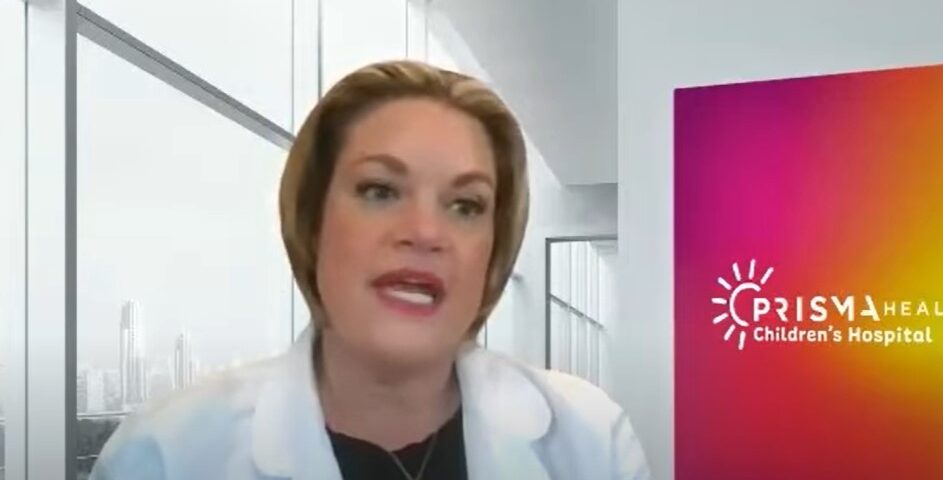Measles: What you need to know now
While measles was initially declared eradicated within the United States in 2000 by the World Health Organization, recent outbreaks have many wondering what to do to prevent this heavily contagious infectious disease from sickening their own families and friends and what can be done if someone become infected with measles after exposure.
In this video, Prisma Health spoke with pediatric infectious disease specialists Dr. Robin LaCroix, Medical Director, Prisma Health Children’s Hospital Upstate, and Dr. Anna-Kathryn Burch, Division Director of Pediatric Infectious Diseases, Prisma Health Children’s Hospital Midlands, as they discussed the recent alarming measles outbreaks and how to protect yourself and your loved ones.
“Measles is a viral infection,” said Dr. LaCroix. “Because it is a viral infection, we don’t have good treatment options. For measles, we don’t have an antiviral. There is no antibiotic that we can use to treat this. It’s a dangerous condition, present and very widespread prior to the introduction of vaccination.”
Unfortunately, due to increasing refusals to vaccinate reducing the level of protection the overall population has against diseases like measles, mumps, rubella and more, many more people are susceptible to infection, with young children and the elderly most at risk for severe or even deadly complications.
Measles is one of the most highly contagious viral illnesses, with one person able to infect up to 15 other people who are susceptible. According to the Centers for Disease Control, measles can remain in the air, able to infect anyone who comes into contact with it, up to two hours after an infected person leaves the room.
The best way to protect our most vulnerable population remains preventive vaccination with the MMR (measles, mumps and rubella) vaccine. With a population vaccinated at a high rate, even the youngest infants or immune-suppressed people can be protected by the overall disease resistance and immunity of the larger population.
This protective environment is essential to keeping our loved ones safe from potentially deadly complications, including pneumonia, encephalitis and more.
Dr. LaCroix noted that while measles bears some surface resemblance to chicken pox, it’s a very different illness.
Early symptoms of measles include seemingly general issues like a fever, cough and runny nose. Some infected people may also show signs of conjunctivitis, or ‘pink eye.’ Two to three days after the onset of symptoms, tiny white spots (called Koplik spots) sometimes appear within the mouth.
For many parents caring for their children, the measles rash is their first sign that this isn’t just your everyday viral infection. The rash usually appears between three to five days after the initial onset of symptoms, with flat red spots on the face or along the scalp, which spread downward to the neck, torso, limbs and finally to the feet. Sometimes, fevers spike to more than 104° Fahrenheit.
Thanks to its long incubation period, any small measles outbreak in an unprotected or less-protected population is likely to rapidly become a much larger one. Prevention methods like handwashing or wearing masks in public do provide some protection, but vaccination is currently our only reliable method of preventing infection.
We once officially eradicated measles thanks to the MMR vaccine, and we have the opportunity to protect ourselves fully once again by protecting our children.
Get kid-friendly care
Our pediatric experts can help your kids and teens be their healthiest.
Find a Pediatric Doctor
